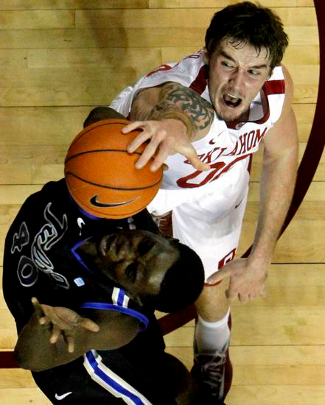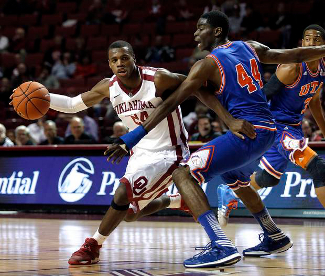Oklahoma Sooners (11-2) at Texas Longhorns (11-2)
Frank Erwin Center | Austin, TX | Tip: 7 P.M. CT | TV: LHN
After a surprisingly strong non-conference campaign, the Texas Longhorns are ready to tip off against tougher competition in the Big 12. The Horns — who are the sixth-youngest team in Division I, according to Ken Pomeroy — reeled off 11 wins in 13 non-conference games, including an impressive road victory against a talented, albeit inconsistent, North Carolina team.
Texas was not the only surprise team in the Big 12, though. Their opponents in tonight’s conference opener, the Oklahoma Sooners, have also posted an 11-2 mark. After losing three starters from last year’s team that went to the NCAA tournament, Oklahoma was expected to be a middle-of-the-pack team that might hang around on the bubble. Although the Sooners will probably still finish in the middle of the table in a fairly loaded Big 12, they have shown that even the top-tier teams in the league should be worried about playing them.

Lon Kruger has OU exceeding preseason expectations
(Photo credit: Nate Billings/The Oklahoman) 
Ryan Spangler is Oklahoma’s lone presence inside
(Photo credit: Steve Sisney/The Oklahoman) 
Texas has to stop the drives of Hield and the OU guards
(Photo credit: Sarah Phipps/The Oklahoman) |











